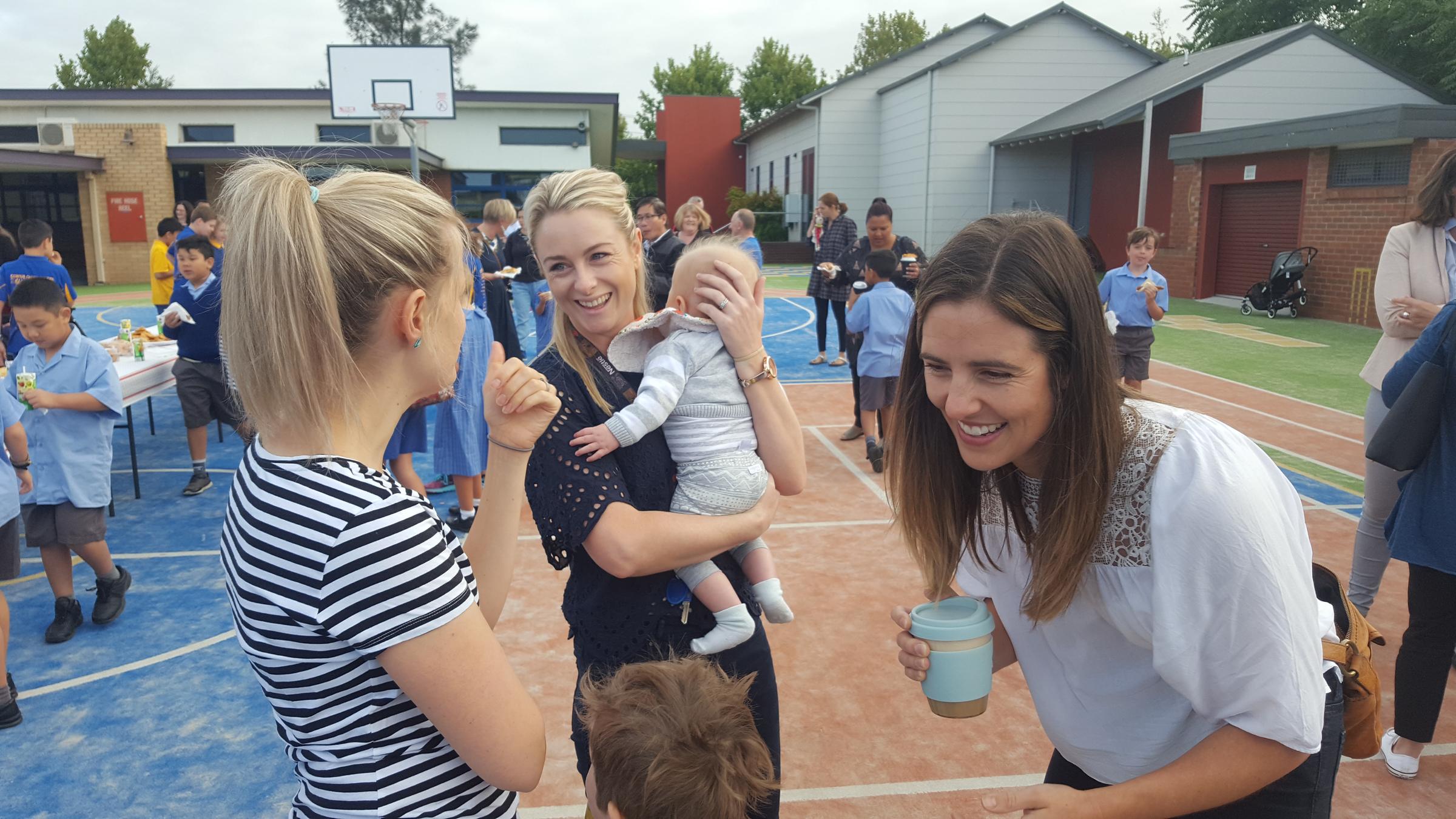Parent Partnerships

The Best Way to Say ‘No!’ to Your Kids
One of the most difficult parts of parenting is saying no.
Unfortunately, sometimes we have to. Sometimes plans change, or something might not be safe. At times, someone else’s needs may matter more, or our child wants what they can’t have.
And while they might not thank you for it, setting limits is one of the best things you can do for your child. Saying ‘no’ teaches our kids important lessons about life, independence, empathy, and getting along. Research shows that the best parenting style is one that combines setting limits with warmth. These parents are nurturing and responsive, but they set firm limits for their children. They listen to their child’s point of view, but they don’t always accept it. And it works! Their children tend to be friendly, self-reliant, cooperative, curious, and goal-oriented.
So how can we say no while still letting our kids know that we empathise with them? How can we be firm and warm?
Give them their wish in fantasy.
It’s important to remember that our kids have big feelings, and that’s ok! We might need to limit behaviour, but big feelings are allowed. And while our kids don’t always need us to say yes, they do need to feel heard. All humans are more willing to cooperate once their feelings have been acknowledged. Our kids are no different.
So when your child wants something that you can’t (or won’t) say yes to, you can still show him that you empathise. Give him his wish in fantasy.
Here is an example. Imagine you’re in the supermarket with your child. You’re at the checkout, and it’s been a long, tiring day. You just want to get out of there and get home. Suddenly your child pipes up, ‘I want a lolly!’ You inwardly groan. It’s just before dinner, and you need to say no! You can feel a tantrum brewing. The last thing you need is a public meltdown!
But it doesn’t have to end in a meltdown. Here’s what you do: First, connect with your child. Touch him on the arm, get down to his level, and make eye contact. 90% of good parenting is connection. Then, give him what he wants in fantasy. Say, ‘I wish you could have a lolly! What kind would you get?’ Hopefully, your child will start to calm down right away and think about the answer. ‘Freddo Frog’, he might say. ‘Oh, that’s a great choice. I would pick lolly, or maybe freckles.’
Depending on how big your child’s feelings are, you might need to extend the fantasy. You might say, ‘What if our car was made of lollies? We’d never have to go to the supermarket again!’ Your child might say, ‘The wheels could be cookies!’ When you give your child what he wants in fantasy, it shows him that you understand his feelings and that you care. Once he hears this, it is much easier for him to transition from being overwhelmed by his big feelings to dealing with a situation that, from his perspective, is less than ideal.
When you engage your child in fantasy, you are speaking to him in his favourite language: play. This reinforces your connection. It also shows your child that even if the world sometimes feels unfair, it is basically safe. This is because he has felt heard and understood.
We might not always get a round of applause, but putting this principle into practice will help us through the tough “no” moments with our children. They may still want what they can’t have, but we’ll be able to playfully get them through it. And in the process, teach them.


